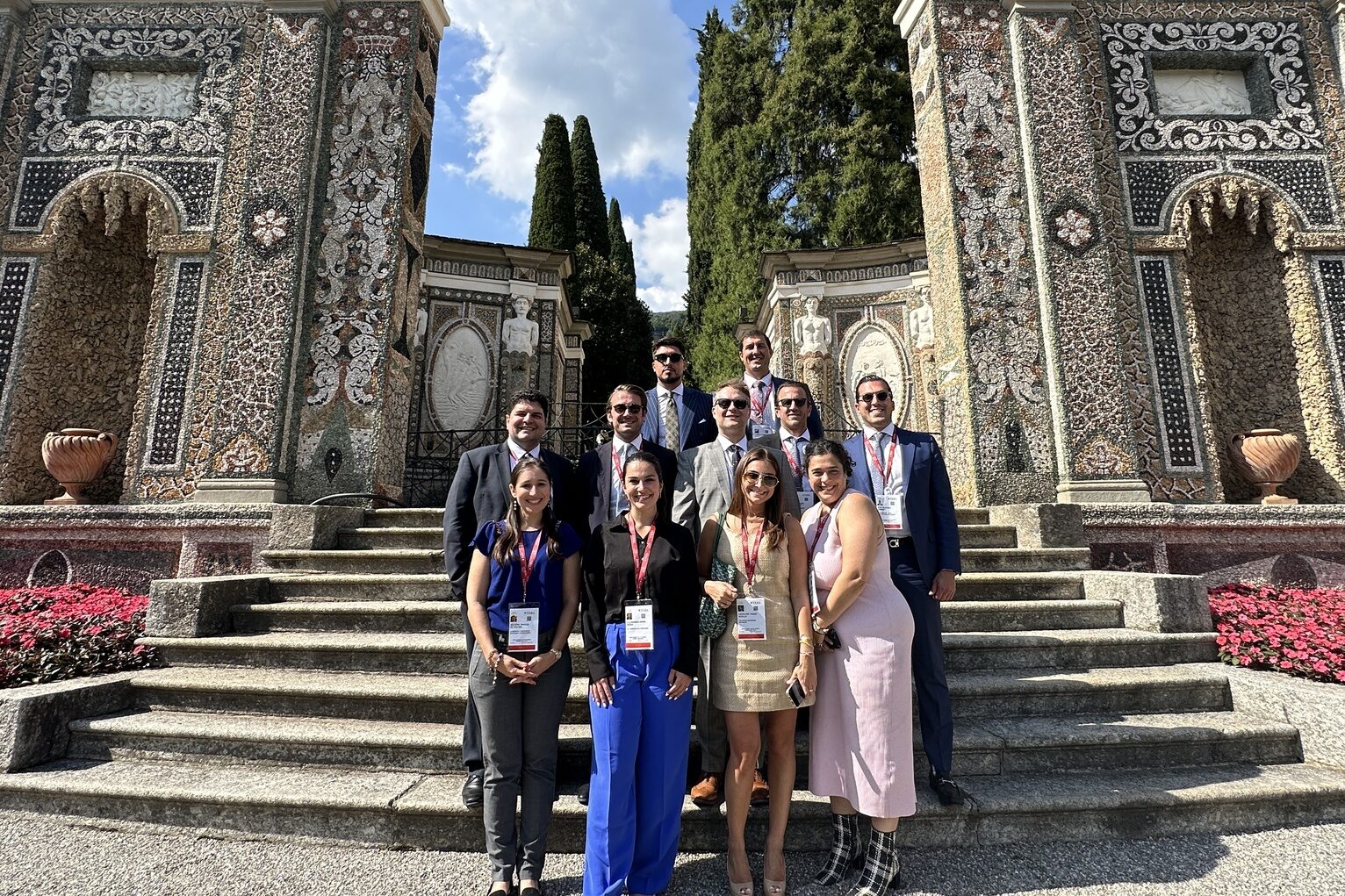Those who have Neapolitan origins know what San Gregorio Armeno stands for: Christmas Nativity tradition. Wandering on the namesake street, in the heart of Campania’s city, searching for the best artisan figures is a must have experience for both locals and tourists.
The legendary hub, also referred to as “San Liguoro,” is not going to be the only one featuring such beauty this year. Manhattan’s Little Italy will be an extra branch.
In occasion of the Extraordinary Jubilee, Monsignor Donald Sakano of St. Patrick’s Old Cathedral, commissioned the Neapolitan Nativity scene to be showcased at Shrine Church of the Most Precious Blood on Dec. 8.
“Inspired by the request of Pope Francis to “wear the face of mercy” during the Holy Year, we offer visitors the opportunity to experience the enormous power and capacity for forgiveness of God through worship, service and art,” said Monsignor Sakano during the press conference held in Naples.
“Nativity of Mercy” is the scene’s project title and the Neapolitan Art Lab “La Scarabattola” will be in charge of its realization.
Salvatore, Emanuele and Raffaello Scuotto opened the studio’s door in 1996. Since then, they have received worldwide attention. Their biggest cultural success was probably being selected as the official supplier of 147 figures by The Royal Palace of Madrid. These characters are now integrated with the precious eighteen-century collection of the Spanish family.
“The Scarabattola’s artists realize the Nativity scene with unrivaled technical skills and passion. Their pastors embody aesthetically the Neapolitan soul, while inspiring children and adults to contemplate about the meaning of life,” says Project Manager Thomas Smith during the press conference.
With great pleasure, I had the chance to interview the Scuottos’ to get more insights on “Nativity of Mercy.”
It is clear that Mercy represents the central message behind the scene. Salvatore Scuotto sends me an email from Naples writing “[…] among the staged characters, appear those of The Prodigal Son by Rembrandt and The Seven Acts of Mercy by Caravaggio.”
Salvatore Scuotto goes on describing how “Nativity of Mercy” will be three-dimensional, thanks to the eighteen-century techniques used of mounting terracotta on wire and tow, making eyes out of glass, using cloth clothes and recreating the design set with wood, cork and wax inserts.
“In regard to this, a further thank you goes to Biagio Roscigno, production designer, who reconstructed existing city environments,” writes Salvatore Scuotto.
Chatting over WhatsApp with Emanuele Scuotto, currently in the States, I am excited to discover this presepe napoletano is going to be the biggest (in dimensions) ever showcased in the nation. “Nativity of Mercy” is going to be about 10×7 feet wide and 7 feet high, he writes.
This is impressive, but there is more.
Answering my question on what differentiates their work from other San Gregorio Armeno’s masters, Salvatore Scuotto writes “[…] it is the way we consider tradition as a necessary element to innovation […] We believe that our Lab has been chosen as a result of our almost 20 years researches, which are not limited to a sterile copy of the ‘700 Neapolitan Nativity scene.”
The Scuottos’ proved their uniqueness delivering a very important message through “Nativity of Mercy.” Beside the classic Rembrandt and Caravaggio scenes, there is a particular one that represents a boat full of children hugged by the fisherman.
Salvatore Scuotto writes how much they care about this specific one. “[…] We wanted to raise awareness among the American people in regard to the current immigration and hospitality drama. Welcome is perhaps the most important act of Mercy in our time. Racial and religious differences tend to divide us, instead of reminding that diversity is wealth.”
Looking at the legend and tradition of the Neapolitan Nativity scene, this has always been a powerful tool to deliver meaningful messages to the world and the Scuottos’ nailed it.





























